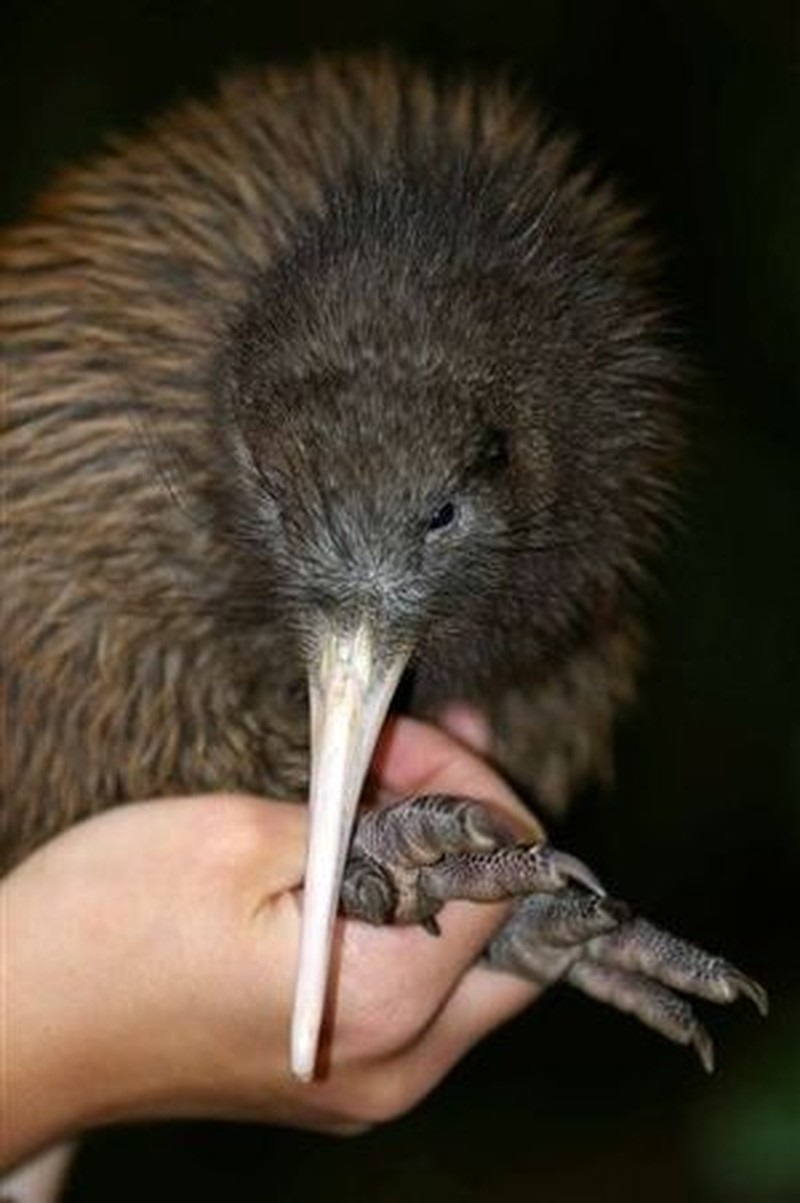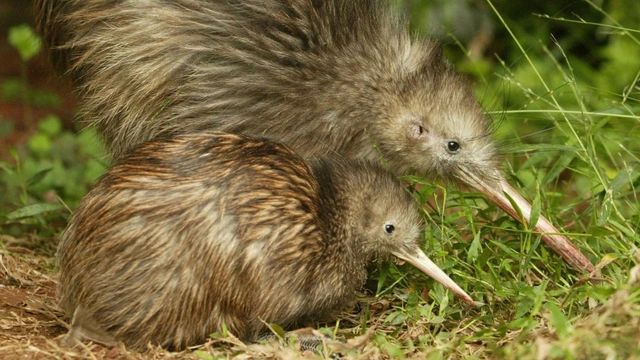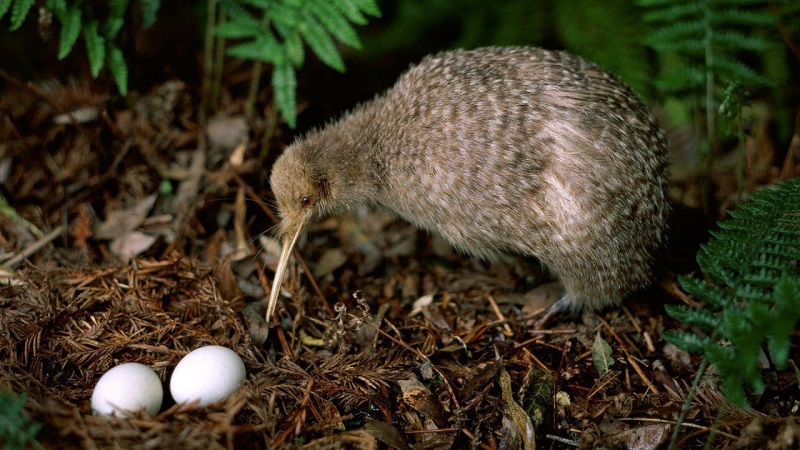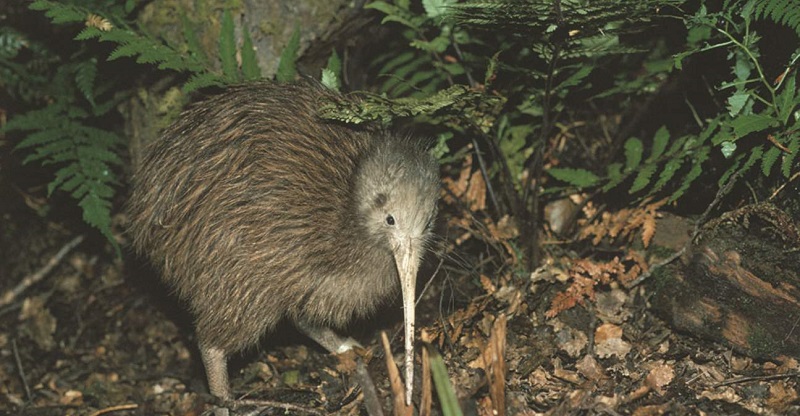The Kiwi Bird: A Unique Treasure of New Zealand

New Zealand, a land renowned for its breathtaking landscapes and diverse wildlife, is home to a fascinating creature known as the kiwi bird. The kiwi is an emblematic and cherished symbol of the country, representing its rich biodiversity and unique heritage. In this article, we will explore the remarkable characteristics and conservation efforts surrounding the iconic kiwi bird.

 With its unique appearance and endearing nature, the kiwi holds a special place in the hearts of New Zealanders. In fact, the kiwi bird has become a national symbol, embodying the country’s values of resilience and ingenuity. Its significance is reflected in various aspects of New Zealand’s culture, including currency, logos, and national sports teams.
With its unique appearance and endearing nature, the kiwi holds a special place in the hearts of New Zealanders. In fact, the kiwi bird has become a national symbol, embodying the country’s values of resilience and ingenuity. Its significance is reflected in various aspects of New Zealand’s culture, including currency, logos, and national sports teams.  Unfortunately, the kiwi bird faces numerous challenges that have placed it in a vulnerable position. Predation by introduced mammalian predators, habitat loss, and human activities have significantly impacted their population. Efforts to conserve and protect these remarkable birds have been undertaken by dedicated organizations and individuals throughout New Zealand.
Unfortunately, the kiwi bird faces numerous challenges that have placed it in a vulnerable position. Predation by introduced mammalian predators, habitat loss, and human activities have significantly impacted their population. Efforts to conserve and protect these remarkable birds have been undertaken by dedicated organizations and individuals throughout New Zealand. 
One of the most crucial conservation measures is the establishment of predator-free sanctuaries. These protected areas provide a safe haven for kiwis to thrive without the threat of invasive predators. Additionally, extensive predator control programs, such as trapping and poisoning, have been implemented to mitigate the impact of introduced species on kiwi populations.
Furthermore, public awareness campaigns have played a vital role in fostering a sense of responsibility and engagement among New Zealanders. These initiatives aim to educate the public about the importance of preserving the kiwi bird and its unique habitat. From school programs to community-led projects, there is a collective effort to ensure the survival of this iconic species.
In recent years, these conservation endeavors have yielded positive results, with some kiwi populations showing signs of recovery. However, ongoing efforts are essential to secure a sustainable future for these beloved birds. Continued research, habitat restoration, and collaboration between conservationists, local communities, and the government are crucial in safeguarding the kiwi’s existence for generations to come.
The kiwi bird stands as a testament to New Zealand’s commitment to protect its natural heritage. With its distinctive characteristics and significance to the nation, this flightless bird holds a special place in the hearts of Kiwis. Through dedicated conservation initiatives, the unique and enchanting kiwi bird can continue to roam the forests of New Zealand, captivating the world with its charm and reminding us of the importance of preserving our natural wonders.





